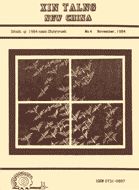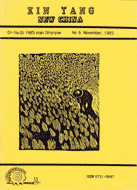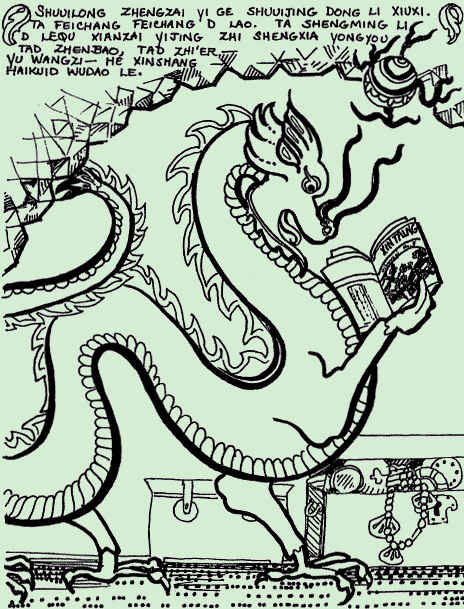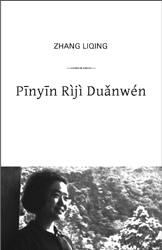 The fourth issue of Xin Tang is now online.
The fourth issue of Xin Tang is now online.
For those of you wondering why Xin Tang is spelled Xin Talng on the cover, that’s because parts of this particular issue use a tonal-spelling variation of Hanyu Pinyin, as follows.
Simple rules for tonal spelling
- ma (媽) / ling (拎)
- mal (麻) / lilng (零)
- maa (馬) / liing (領)
- mah (罵) / lihng (另)
- “‘” biaaoshih qingsheng, kee’shi “‘de” dou –> “d”.
Here, for example, is a message from the publisher.
Colng zheih yihqi qii SHIN TARNG gaai weil XIN TALNG, shiiyohng d welnzih yii Pin Yin (jiaan xiee PY) weil jichuu. Duobahn d welnzhang yohng yooudiaoh PY xiee. Biaodiaoh faa qiing kahn fengmiahn erh xiah’tou d jiaandan shuomilng.
The same passage in Pinyin with tone marks:
Cóng zhèi yì qī qǐ SHIN TARNG gǎi wéi XIN TANG, shǐyòng d wénzì yǐ Pīn Yīn (jiǎn xiě PY) wéi jīchǔ. Duōbàn d wénzhāng yòng yǒudiào PY xiě. Biāodiào fǎ qǐng kàn fēngmiàn èr xià’tou d jiǎndān shuōmíng.
Not all of the romanization in this issue follows that form. Some has no special spellings but instead uses tone marks. Some has no tone marks. Give ‘em all a try and see what you think.
Xin Tang 4 (PDF)



